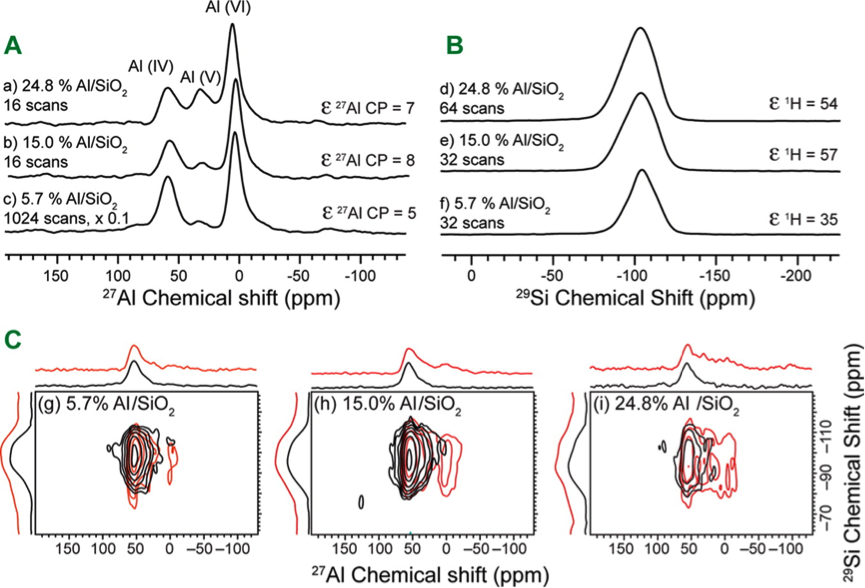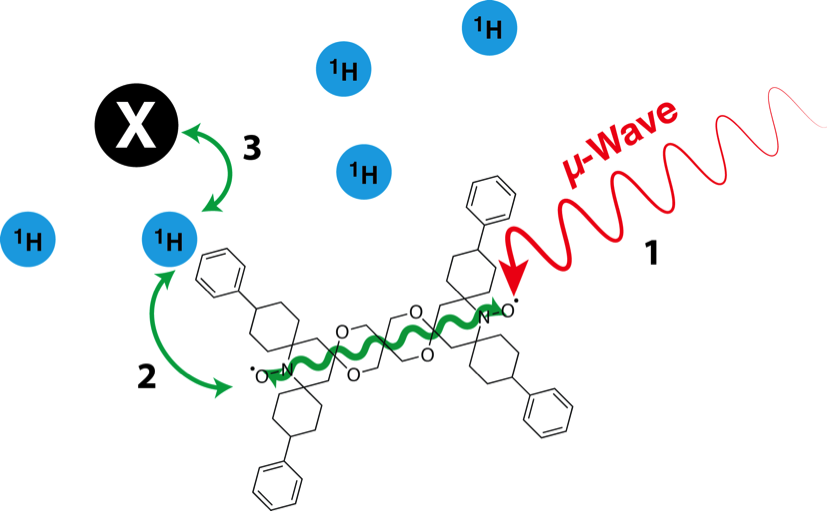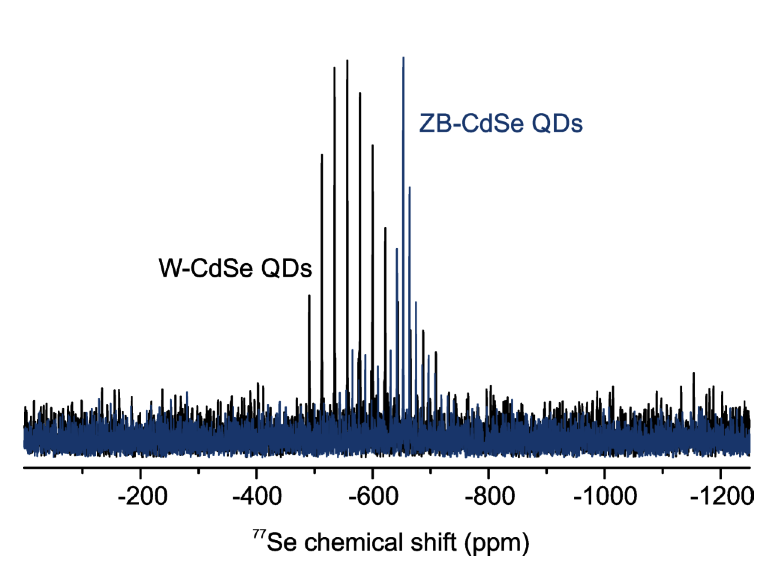Dynamic Nuclear Polarization (DNP)
NMR is a powerful analytical technique for structural studies of organometallics. In addition to routine characterization of reaction products by solution-state NMR, we utilize magic angle spinning (MAS) solid-state NMR to examine single-site surface species, zeolites, and nanoparticles. Dynamic nuclear polarization (DNP) can increase NMR signal by up to 2 orders of magnitude via transferring paramagnetic electron polarization from a polarization agent (e.g., TEKPol), taking advantage of the much larger electron Zeeman interaction. We actively collaborate with research groups within ETH and also at ENS Lyon and EPFL to develop new DNP applications and methodologies.
Selected Publications
Lesage, A., Lelli, M., Gajan, D., Caporini, M. A., Vitzthum, V., et al. (2010). Surface enhanced NMR spectroscopy by dynamic nuclear polarization. external pageJournal of the American Chemical Society, 132, 15459-15461call_made
Rossini, A. J., Zagdoun, A., Lelli, M., Lesage, A., Copéret, C. et al. (2013). Dynamic nuclear polarization surface enhanced NMR spectroscopy. external pageAccounts in Chemical Research, 46, 1942-1951.call_made
Wolf, P., Valla, M., Rossini, A. J., Comas-Vives, A., Núnez-Zarur, F. et al. (2014). NMR signatures of the active sites in Sn-β zeolite. external pageAngewandte Chemie International Edition, 53, 10179-10183.call_made
Valla, M., Rossini, A. J., Caillot, M., Chizallet, C., Raybaud, P. et al. (2015). Atomic description of the interface between silica and alumina in aluminosilicates through dynamic nuclear polarization surface-enhanced NMR spectroscopy and first-principled calculations. external pageJournal of the American Chemical Society, 137, 10710-10719.call_made

Piveteau, L., Ong, T. C., Rossini, A. J., Emsley, L., Copéret, C., and Kovalenko, M. (2015). Structure of colloidal quantum dots from dynamic nuclear polarization surface enhanced NMR spectroscopy. external pageJournal of the American Chemical Society, 137, 13964-13971.call_made





